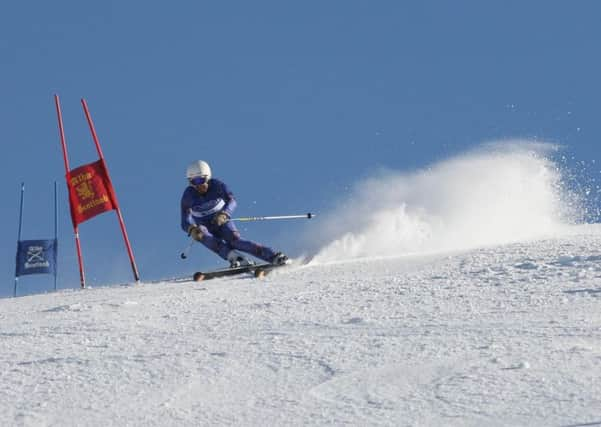Scottish ski industry optimistic despite poor season


Those with long-ish memories will recall that it hasn’t always been like this. Indeed, in the first few years of the new millennium there was much ominous talk of the Scottish snowsports industry’s imminent demise. Global warming, it was said, could kill it off any day now. The skier days total for the 2008-9 season was an uninspiring 159,888, and that year Glencoe – Scotland’s oldest ski hill – appeared to be on the verge of closure, before being rescued at the eleventh hour by its current owner, Andy Meldrum.
Just a few short months after this supposed crisis, however, the ski centres were laughing, as they had more snow – and more paying customers – than they knew what to do with, in what even old-timers who could remember the halcyon days of the 1950s were calling one of the best Scottish ski seasons of all time. Point being: skiing in Scotland has always been a bit of a rollercoaster, with glorious ups interspersed with stomach-churning downs. The ski centres are prepared for this, and they plan accordingly: whereas in the past they predominantly relied on skiing to make money, they have now diversified to the extent that skiing is just one of a range of activities they offer, from mountain biking to guided nature walks.
Advertisement
Hide AdAdvertisement
Hide AdAll of which should be taken into consideration before getting into too much of a flap over last season’s skier days figure – a particularly low total of just 54,156 across the five resorts. Yes, it was a poor snow year, but it wasn’t just a case of there not being enough of the white stuff; other factors were also at play.
James McIntosh has managed the Lecht Ski Centre since it opened in 1977, so he knows as well as anyone how the fortunes of Scottish skiing can fluctuate from year to year. “I’ve seen brilliant seasons, good seasons, bad seasons and very bad seasons, like last winter,” he says. “It’s not anything new when you’ve been involved in skiing as long as I have.”
According to McIntosh, part of the problem last year was that each dump of snow was followed by mild weather, which made it more difficult than usual to maintain pisted runs.
In a normal year, once the first few falls of the season have been compacted into a solid base by pisting machines, any subsequent falls quickly add to existing snow cover. Last year, however, the snow kept melting before a base could be established, so it was almost as if
each new fall was the first of the season.
McIntosh says there was a problem of perception, too: “with no snow in the Central Belt or by the coast, our customers thought there was no snow anywhere. But we did get snow – in some cases good snow.”
So yes, in terms of skier days 2016/17 was a bad year – the worst, in fact, since Scotland’s fifth ski centre opened at Nevis Range in 1989 – but that doesn’t mean the industry’s doomed any more than the season of 2008/09 did. And for any skiers or boarders wondering about the wisdom or otherwise of investing in a season ticket for the year ahead, there’s no reason to believe that 2017/18 will be below par just because 2016/17 was a near-washout.
“The Lecht has never had two really poor seasons in a row,” says McIntosh. “In fact in my experience a bad winter for skiing is usually followed by a really good season with loads of snow. That’s what we’re planning for at The Lecht for 2017-18.”